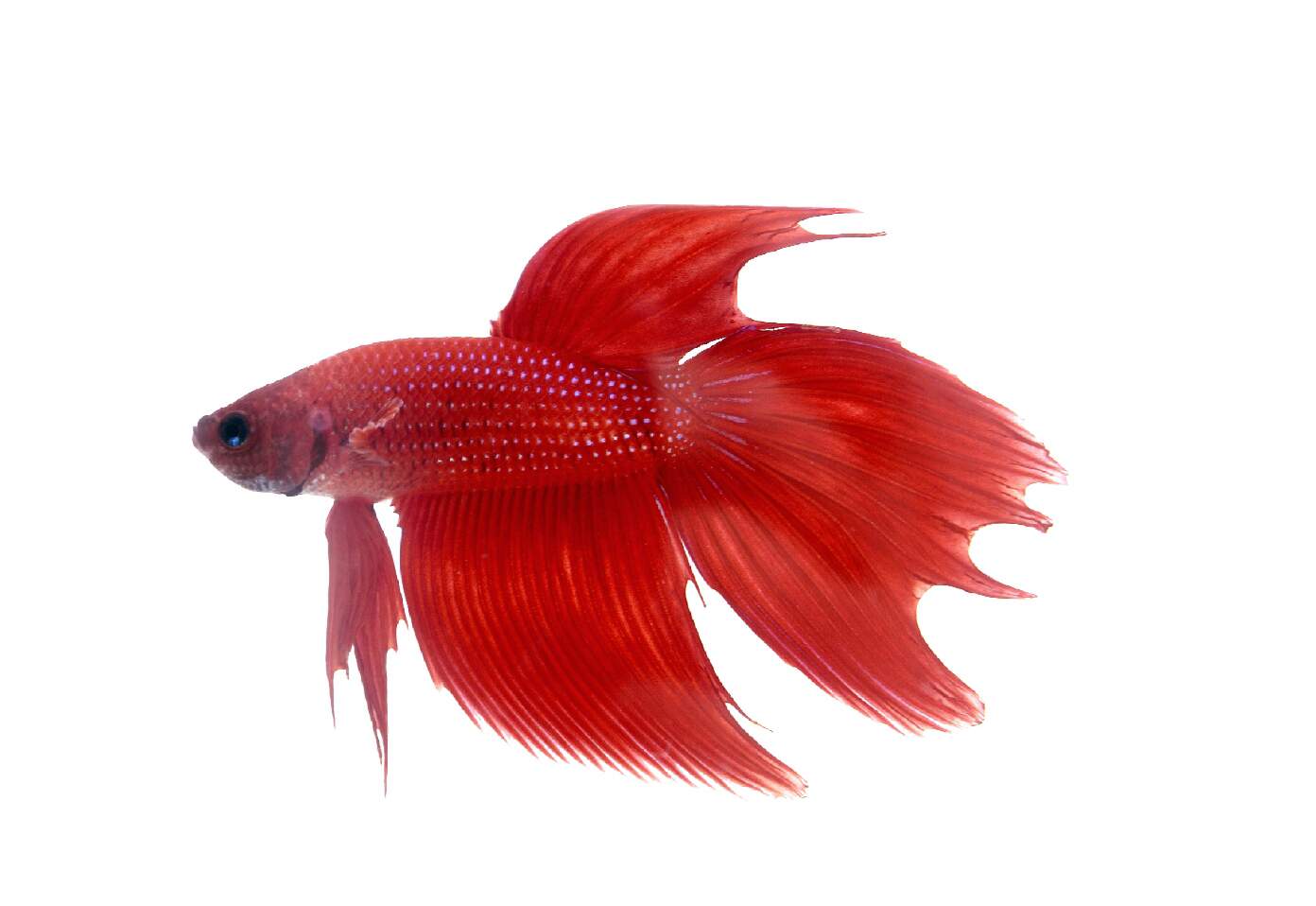Exactly How to Reproduce Betta Fish Efficiently: Specialist Strategies and Insights for Hobbyists Seeking To Increase Their Betta Collection
Reproducing Betta fish needs a nuanced understanding of genetics and ecological problems, making it vital for enthusiasts to approach the process with both diligence and treatment. Developing an ideal breeding setting, choosing the ideal pairs, and observing the intricacies of their courtship actions are foundational actions that can significantly influence the result. The succeeding care of the fry is critical for ensuring their healthy and balanced advancement. As we check out these essential components, it comes to be clear that successful breeding is not nearly the preliminary pairing however encompasses a wider method that benefits mindful factor to consider.
Comprehending Betta Fish Genetics
Comprehending the genes of Betta fish is critical for successful breeding, as it affects traits such as color, fin form, and actions. Betta fish show a diverse range of colors and patterns, greatly determined by their genetic makeup.
In enhancement to coloration, fin morphology is one more considerable facet of Betta genes (betta fish). The sizes and shape of fins are affected by numerous genetics, consisting of those that establish whether the fins are short, long, or veil-shaped. Comprehending these genetic variations assists breeders predict the phenotypic results of their children
Furthermore, behavioral characteristics such as aggressiveness and territoriality can also be affected by genes. These habits play a vital role in the reproducing process, as they can affect spawning success and the total personality of the resulting fry. By comprehensively recognizing these hereditary concepts, breeders can make educated decisions, ultimately improving their breeding programs and achieving preferable outcomes.
Preparing the Breeding Environment
Developing an ideal breeding environment is important for the effective recreation of Betta fish. The very first action in preparing this environment is to select an ideal reproduction storage tank, ideally varying from 5 to 10 gallons.
Next, consider making use of a sponge filter or an air stone to offer gentle water blood circulation without producing solid currents that can emphasize the fish. It is necessary to install plants or reproducing cones to use hiding spots and promote convenience for the female during the spawning process. Drifting plants, such as Java moss or water sprite, can additionally create a much more native environment while promoting bubble nest building by the male.
Before presenting the breeding sets, ensure the water is conditioned and complimentary from unsafe chemicals, such as chlorine or hefty steels. betta fish. Normal water adjustments need to be conducted to maintain optimal water quality, enhancing the chances of effective reproduction. With these prep work in area, the reproducing atmosphere will support the health and wellness and wellness of both Betta fish
Choosing Breeding Pairs
Picking the ideal reproduction pairs is essential for achieving effective Betta fish recreation. Healthy Betta fish exhibit vivid colors, clear eyes, and active actions.
Character is another important factor to consider, as Betta fish are understood for their aggressive nature. It is recommended to select a man and woman that display look at these guys compatible temperaments to minimize stress throughout the reproducing process. A calm male can urge a smoother courtship, while a lady that is also hostile may disrupt the procedure.
Genetic background additionally plays a considerable function in the high quality of the offspring. Reproducing fish that are genetically varied can decrease the risk of hereditary health problems and improve the total vigor of the fry. It is helpful to research try this website the lineage of both the male and woman, focusing on desirable characteristics such as fin type, color patterns, and size.
The Reproduction Refine
The reproduction procedure of Betta fish calls for cautious planning and attention to information to make sure a successful end result. It is essential to prepare an ideal breeding storage tank, preferably a 5-10 gallon aquarium with a temperature preserved at 78-80 ° F. The tank must be equipped with a heating unit, filter (ideally sponge type to avoid strong currents), and lots of marine plants for the female to hide.
When the atmosphere is established, introduce the chosen reproducing pair to the storage tank, permitting them to adjust. Observe their actions; the man will show intricate courtship routines, consisting of flaring his fins and building a bubble nest. If the woman reveals passion, she will certainly present vertical stripes showing preparedness for spawning.
When the female is responsive, the set will involve in a breeding embrace, throughout which the male feeds the eggs. Maintaining optimum water conditions during this duration is vital for the development of healthy and balanced Betta fry.
Caring for Betta Fry

Feeding Betta fry is vital, useful content as they require a diet high in healthy protein. They can be fed infusoria or liquid fry food, transitioning to finely smashed high-grade pellets as they grow. Feed small portions several times a day to motivate healthy and balanced development without overloading the tank with uneaten food.

As they grow, monitor their development very closely and separate any kind of aggressive people to avoid harm. By giving a supporting atmosphere and proper nourishment, hobbyists can efficiently increase Betta fry right into lively, healthy fish, inevitably boosting their breeding ventures.
Conclusion
Effective Betta fish breeding calls for precise focus to genetic choice, environmental problems, and take care of the fry. By recognizing the genetics of Betta fish and preparing a proper reproduction atmosphere, enthusiasts can boost the chances of creating vivid, healthy children. Picking compatible breeding sets and very closely monitoring the courtship and generating procedures are important. Providing optimal treatment for the fry guarantees their healthy growth, adding to a flourishing Betta collection.